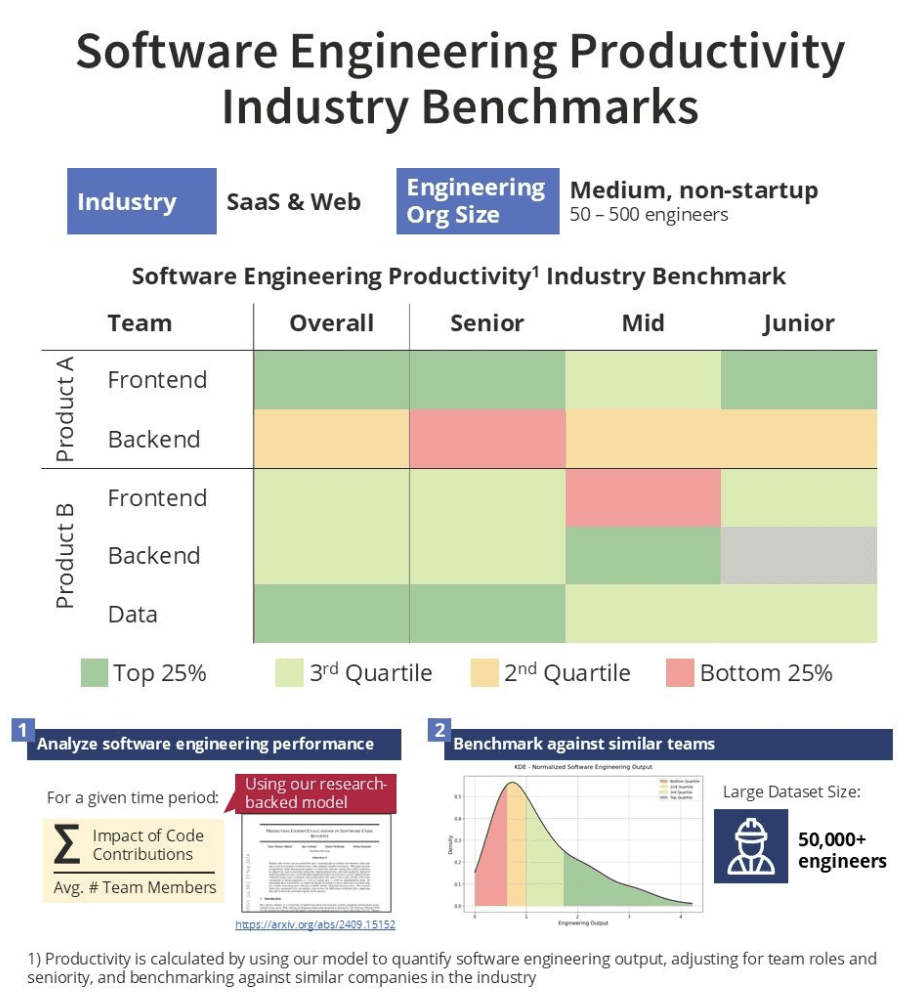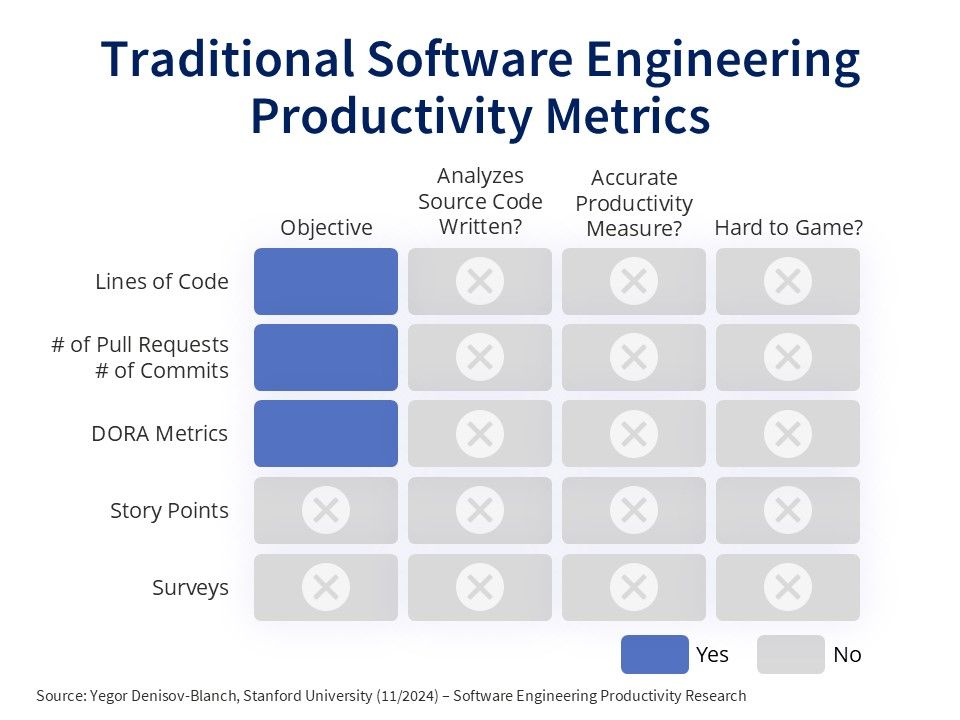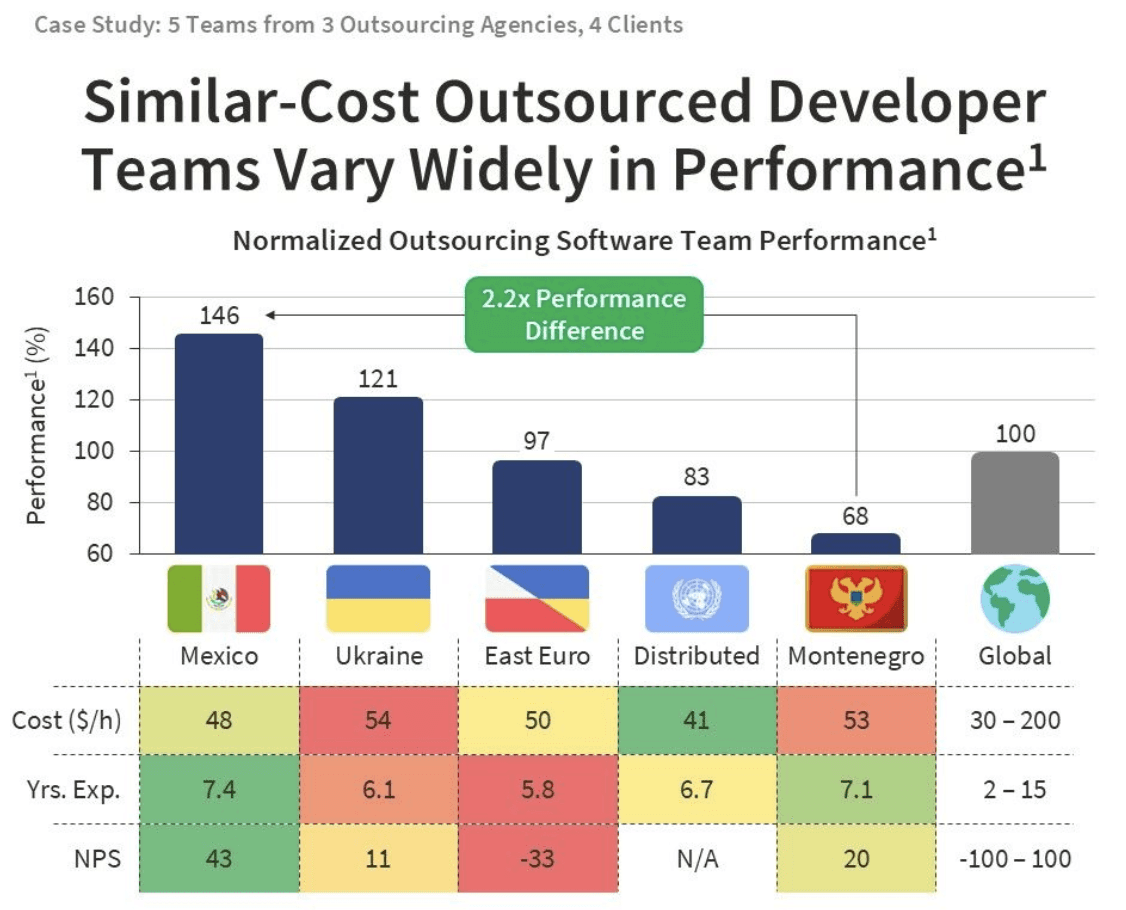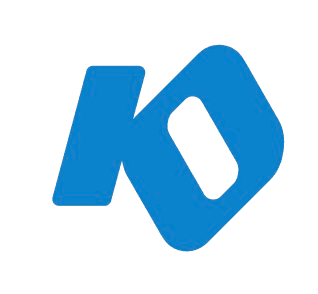
In the wake of COVID-19, this Developer team's output dipped by >30% during the initial 9 months of working from home.
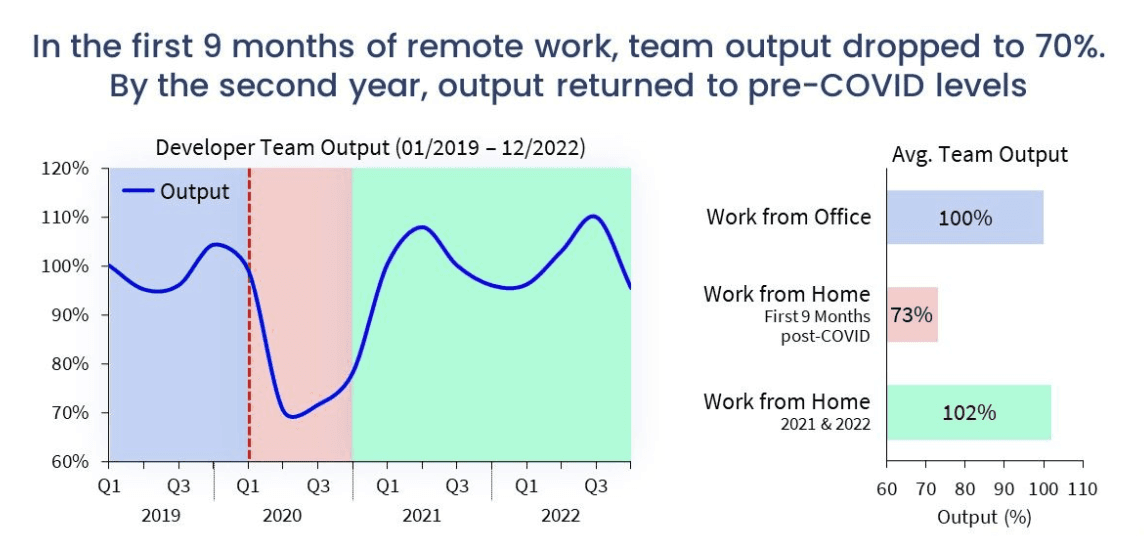
But is this the whole story?
By Q1 2021, they not only regained their original output levels but occasionally surpassed them.
Is this a testament to the resilience of remote work? Or are there hidden layers to this narrative? Our Stanford research indicates it varies heavily by team.
Snapshot of the Case Study:
- Period Analyzed: October 2018 – December 2022
- Company Industry: Consumer Tech
- Service: Niche Social Networking
- Team: 11 Developers
- Languages: PHP, JS
- Location Pre-COVID: Silicon Valley, USA
- Location Post-COVID: Dispersed, USA
Methodology:
Using a state-of-the-art ML-enabled algorithm pioneered at Stanford, we are able to derive an objective quantification of developer output based on source code functionality. This algorithm delves into source code repositories, evaluates the code, and produces an objective quantification of each developer’s & team’s output, regardless of language or coding style.
Dive Deeper:
For a comprehensive breakdown of this case study, click the link in the comments.
About Our Mission:
This is part of a Stanford research initiative aimed at quantifying software engineering output.
The goal? To enable data-driven decisions in engineering organizations.
Our research participants harness our groundbreaking algorithm's insights for pivotal decisions - be it work models, team structure, outsourcing, or tool adoption.


